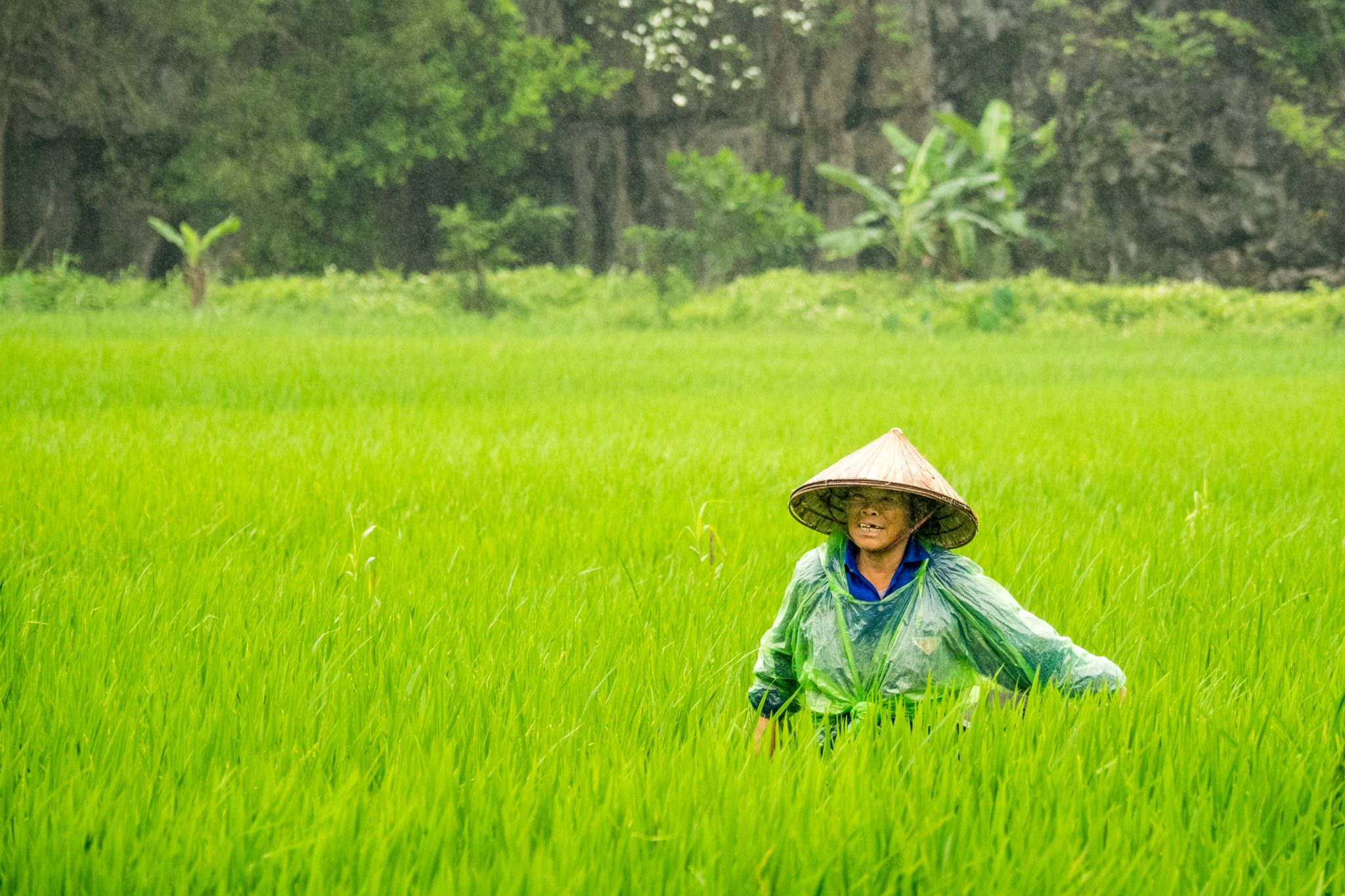Climate-smart agriculture (CSA) has been on the Department of Agriculture’s (DA) agenda for years, and recently, it entered the Department of Tourism’s line of vision as well. According to DOT Undersecretary Benito Bengzon Jr., climate-smart farming is something the tourism arm of government will be promoting in its farm tourism.
“I think climate-smart (agriculture) and green technology, the movement has started already and the fact that we are seeing a lot of resort and hotels going green is an indication of deeper appreciation to protect the environment and in the long-term, for greater efficiency,” said Undersecretary Bengzon.
It’s common knowledge that agriculture, while vital for our survival, is also a significant source of greenhouse gases. CSA hopes to combat this by being part of the solution instead of the problem.
Understanding the relationship between agriculture and climate change
Climate change’s effects on agriculture have been tremendous. Droughts, heavy rainfall, and flooding have plagued cropland around the globe; sea levels have risen and river flow has reduced, drastically threatening aquaculture; and mass conversion of grassland and forestland to cropland has led to immense losses in soil carbon.
The economic impact of climate change on agriculture also cannot be ignored as developing countries absorb approximately 22 percent of the economic impact caused by climate change-induced hazards and disasters.
This is where CSA steps in to rectify the damages done by global warming and climate change.
At a glance, CSA is an approach buoyed by an eco-conscious mentality.
According to the United Nations Food and Agriculture Organization, CSA seeks to increase agricultural productivity while decreasing its carbon footprint. The aim of the farming strategy is to accomplish climate change resilience in the agriculture sector so as to minimize its effects on the environment and the environment’s effects on agriculture.
However, the existing systems of agriculture pose a challenge as the sector contributes 19 to 29 percent of total greenhouse gas emissions. The sector will need to adapt its methods across the spectrum in order to strengthen its resilience against climate change.
At a glance, CSA is an approach buoyed by an eco-conscious mentality. Its specific goals include increasing productivity for food and nutrition security, which will in turn boost the economy of rural areas whose livelihoods rely on agriculture; enhancing resilience against droughts, shortened seasons, and erratic weather patterns; and reducing emissions for each kilo of food produced by rejecting deforestation and looking for ways to reduce the carbon in the atmosphere.
Local incorporation
Climate-smart farming has already been adopted in the Philippines, as encouraged by the DA. Some ways farmers have been doing this is through aquaponics, growing climate-resilient rice, adopting sloping agricultural land technology, harvesting rain water for the dry season, and agroreforestation.
With local tourism and hospitality preparing to incorporate CSA into their industry, increased awareness and support of the agricultural approach may foster change for the current state of climate change.





